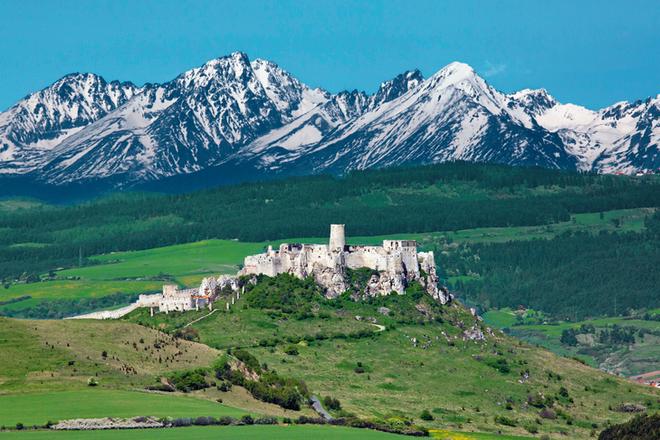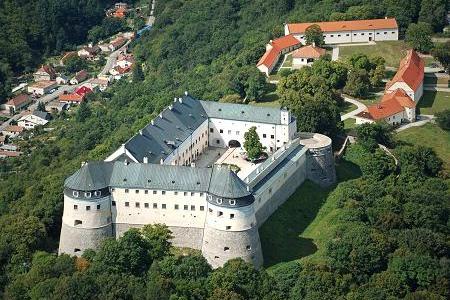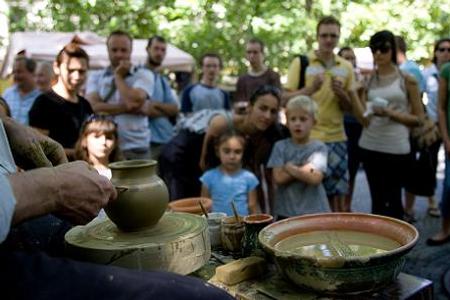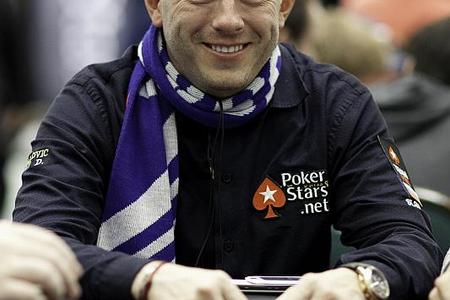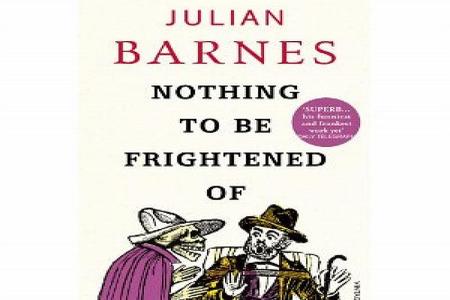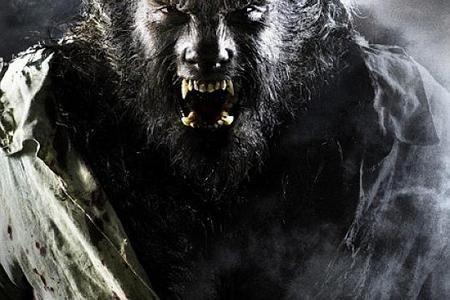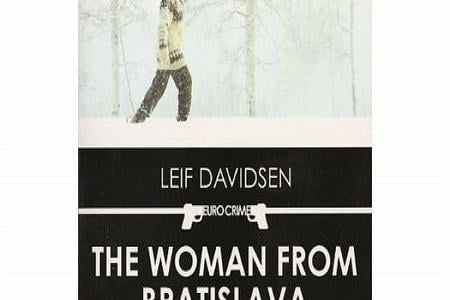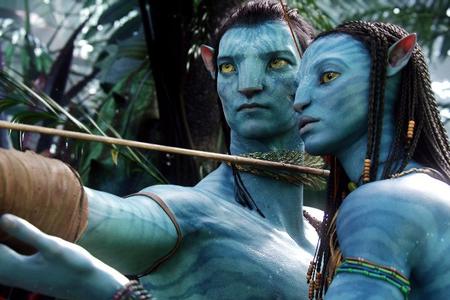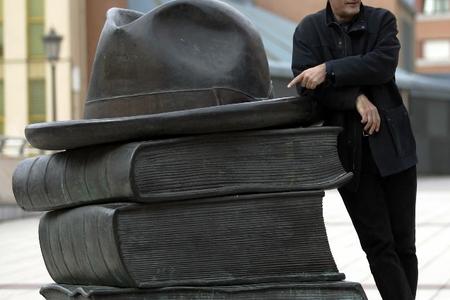Fans and detractors of Paranormal Activity can at least agree on one point: this micro-budget, pseudo-realistic, amateur-hour horror film is a miracle of viral marketing. Set entirely in one house and featuring only four non-professional actors, the production cost a reported $15,000—about as much as most Hollywood efforts set aside for a day’s sushi. But after a low-key initial release, word spread across the internet—fuelled by chat-room gossip, “leaked” snippets and rumours of its supposed authenticity—and Paranormal Activity was let loose in 200 cinemas across the United States. It took $9.1 million in its first week and became the most profitable film in history. As the phenomenon now reaches Europe, this is the question that will haunt cinemagoers far more efficiently than the content of the film: have I been conned? Certainly there’s not much to the movie even to flesh out a review. A young woman named Katie (Katie Featherston) complains to her boyfriend that she is experiencing strange but intangible visitations during the night. Micah (Micah Stoat) is sceptical but believes enough to buy a video camera and wires it up at the foot of the bed. The amateur auteur also gets carried away sufficiently to record every other moment of their tedious lives, and what constitutes the finished film purports to be the couple’s unedited tapes, discovered by the police. That means time-stamped, wonkily-shot home video and inconsequential, improvised dialogue. Bring motion-sickness pills. And caffeine.

